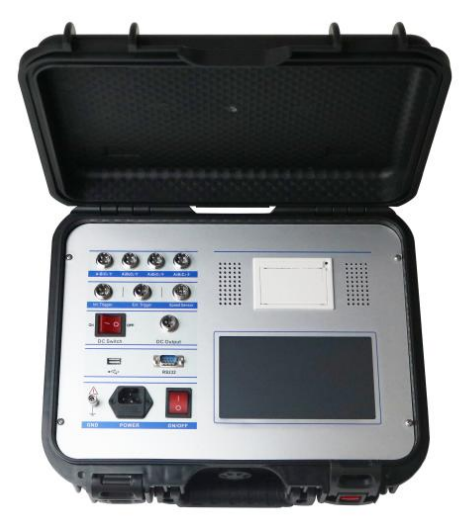(1) Three-phase synchronism: refers to the maximum & minimum differentials of on-off three-phase separation (closing) switch.
(2) Same phase asynchronies : refers to 6 fractures or more switches, the time difference of separating (closing) brake to same phase fracture
(3) Bounce time: refers to the accumulative time values, which is the interval from first contacting to completely contacting, of all contacts while in progress of closing, separating (bounce) brake when switch’s moving & static contacts .
(4) Opening time: refers to the interval from separating brake dropping out with electrification to every polar arc contact separating, where the breaker is in closed position.
(5) Closing time: refers to the interval from closing circuit with electrification to every polar arc contact touching, where the breaker is in open position.
(6) Reclosing time: in the cyclic process of reclosing, it’s the interval from opening to each polar contacts closing together.
(7) Instant separating (closing) velocity: refers to within some appointed time of opening/ closing moving contact and static contact, or average velocity of a certain appointed stroke. Take 10ms for instance, to separating brake ,it’s average velocity to separate brake within 10ms after separating. To closing brake, it’s average velocity to close brake within 10ms before closing.
(8) Opening range: refers to the stroke of switch from divided state to instant touch of moving contact with static contact.
(9) The maximum velocity of opening (closing)switch: refers to the maximum instantaneous speed of opening (closing) switch, generally speaking, this value shall appear in this stroke or point, which is analyzed from velocity and stroke curve, while switch just opening or closing.
(10) Average velocity of opening (closing): refers to the ratio of stroke to time , where the switch moving contact exists in whole action.

